As we all know, the last few days have been filled with terrible news out of Israel and Gaza, and this news — on mainstream or social media — has been suffused with appalling pictures of cruelty, carnage and suffering. Like many, I have therefore been doing my utmost to ignore all of this, and bury my head in other tasks, lest I expire out of bleak despair.
My personal diversion has been exploring the latest evolutions of AI creativity — drawings, designs, cartoons, paintings. I am trying to discover if AI can be serviceably employed as a graphic designer, or maybe an illustrator. Unfortunately, however, even here — deep in cutting-edge computer-land — the Israel-Gaza conflict has intervened, and in ways which might say something profound for the future of news journalism, indeed the future of humanity in many fields.
Here’s the deal. My particular self-assigned task this week (as I shut down X and block out TV news) has been to play with an AI image generator called Midjourney. If you’ve not heard of it, this is probably the best computer image generator of the moment: the most imaginative, precise, comprehensive, elegant, unexpected. That probably won’t last for long, it already has plenty of competitors, like Dalle-3, any of which could overtake it at any moment with a new and more dazzling evolution.
One peculiarity of Midjourney is that it operates on a platform called Discord. I don’t pretend to understand the tech underlying this, but I do know that the way Discord functions means that you can see what other verbal “prompts” people are using to conjure their AI-generated images.
These prompts come in multiple formats, and sensibly so, because Midjourney often reacts in unpredictable ways to different prompts. Sometimes the simplest prompt, say, “cowboy robots” can produce brilliant images of 1880s Wyoming gunslingers somehow fashioned out of steampunk iron cylinders and hilarious metallic Stetsons, sometimes a similarly laconic prompt will get you a pitiful scrawl, as if a grumpy Midjourney has looked at your can’t-be-bothered suggestion, and has responded with an understandable Meh.
For that reason, the most dedicated users often go for long, detailed, laboriously precise prompts, down to the style of camera, film, lighting, that they want Midjourney to simulate. Yesterday, as I was shamelessly combing through other people’s detailed, photographically expert prompts, looking for something to steal (everyone does this, there is no copyright on Midjourney) I found one which really struck me. It was almost as long as Lord of the Rings, but here is one section of it, to give you the taste:
a color photo of a single child sitting in destroyed house rubbles in Palestine, a hauntingly beautiful portrait capturing the resilience and innocence of a child amidst the devastation. The child’s eyes reflect a mix of sadness, determination, and hope, drawing the viewer in. The environment surrounding the scene is filled with rubble and debris, remnants of what was once a vibrant home. The atmosphere is heavy, laden with emotions of loss, displacement, and the indomitable spirit of the people… The camera used is a vintage Leica M6, capturing the scene with stunning detail and clarity. The color film used is Kodak Portra 400, enhancing the muted tones and evoking a sense of nostalgia. The lens choice is a Leica Summicron-M 50mm f/2, allowing for a natural perspective and shallow depth of field…
It went on from there (with plenty more detail), but you get the gist. As I read this elaborate prompt I became increasingly uneasy. Who is asking for an image like this? And why? And why so specifically “Palestinian?” Perhaps it is just a photography student larking around. Or a thriller-writer seeking moody ideas. Or a computer scientist, testing capabilities.
Alternatively, could it be someone hoping to create images that they can later pass off as real? Could be. Because the image above is one of the results they got.
Speaking solely for myself, that image looks almost entirely convincing. It looks like a poor Palestinian child, sitting atop dismal rubble, staring with a quiet, noble and poignant defiance at the camera. If I saw it in a magazine or on a screen, I would probably get a small surge of angry sympathy for the Palestinians in their bombed-out cities, at the very least I would think “wow, that poor Palestinian kid” (along with the flip side — anger at who did this to them). I doubt I would go looking for clues in the image as to whether it is fake — and even with scrutiny they are hard to find, anyway. And remember the “creator” of this AI image can always magically erase any tiny flaws, with a couple of edits, before they show the final picture to the public.
It’s not hard to grasp the enormous ramifications for this. In the last couple of days the world has been arguing about the veracity of claims over the Gazan hospital bombing — and using various forms of picture and video to prove and disprove. Soon, this will be impossible. All images will be suspect, and no one will know which is real or not. Bad actors — on any side, in any conflict — could manufacture entire atrocities, seen from multiple angles, in different lights. What shall we do then? Rely solely on eyewitnesses? On humans at the scene? Humans lie, that’s why, until now, we’ve trusted images — because “the camera never lies.”
The same dilemmas will apply across human endeavors. Think of the reliance of law courts on photographic evidence. For one-hundred years or more we have been able to say “Look, here’s a photo, shut up.” A photo was seen as near-conclusive proof in disputes of any kind. All that is about to disappear. This will be hard for humans everywhere, as we rely on vision as the ultimate sense, and the final arbiter.
This is, furthermore, not going to get easier. It will get worse. The AI image generators grow more powerful daily. Two years ago everyone was amazed when GPT3 drew a dog on a string from a verbal request. Now we have this starting level of verisimilitude. In a year or two where will the AIs be? Making wholly believable and entirely fake videos, for a start.
All of which means this is the end of the news as we know it. And I, for one, don’t feel fine.
This article was originally published on The Spectator’s UK website.



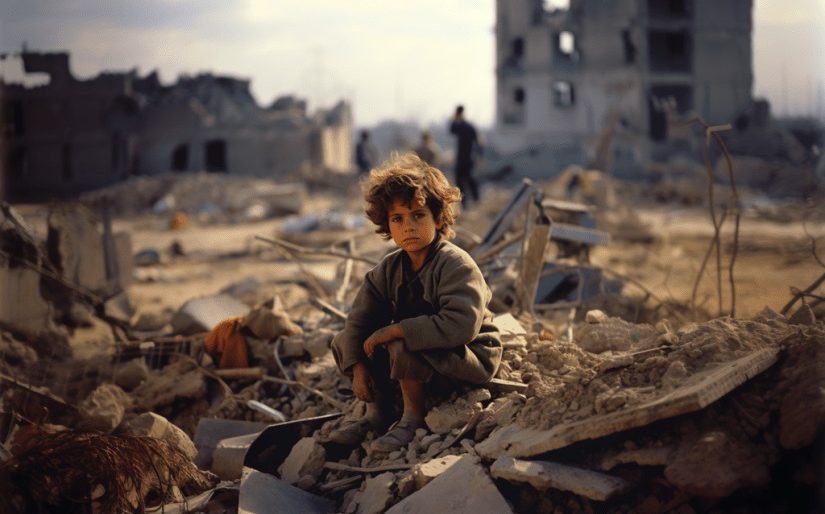






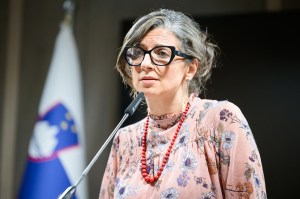


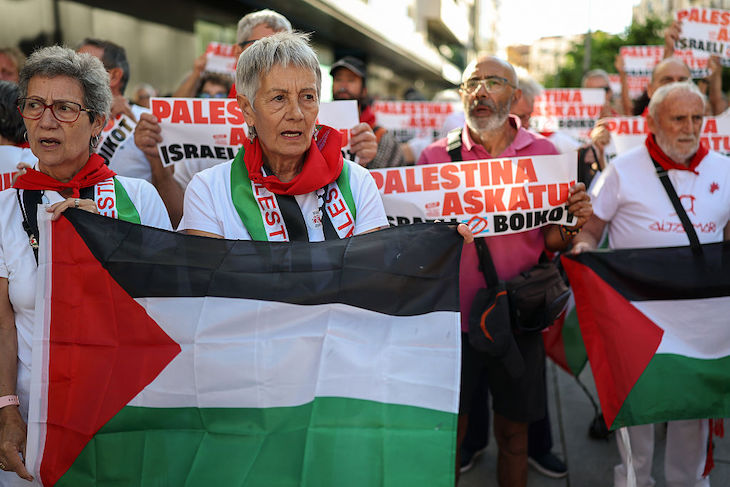
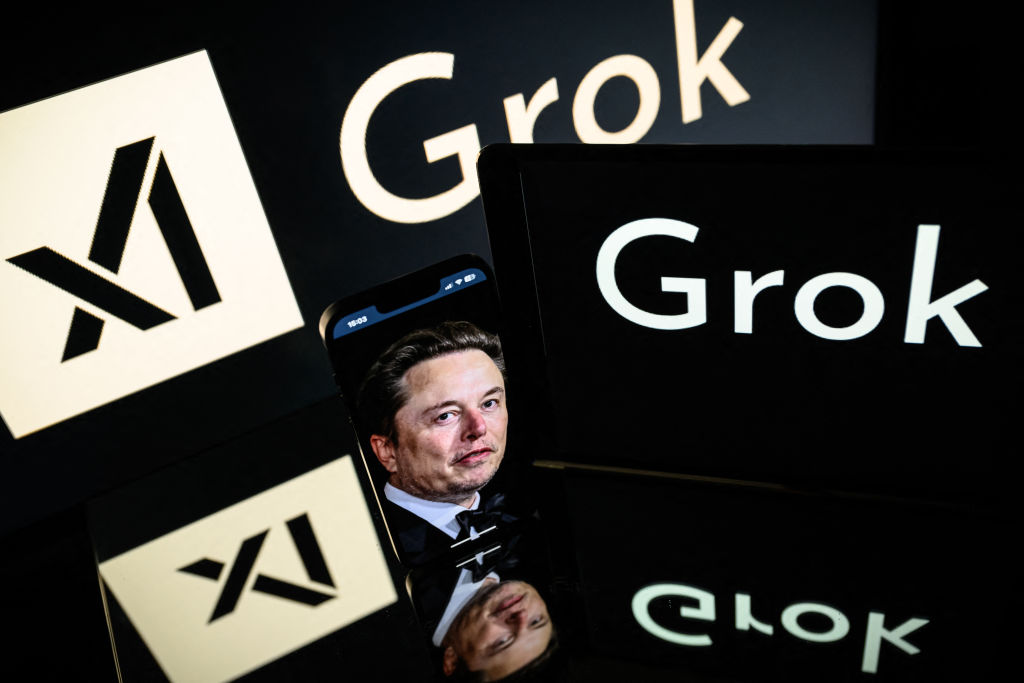

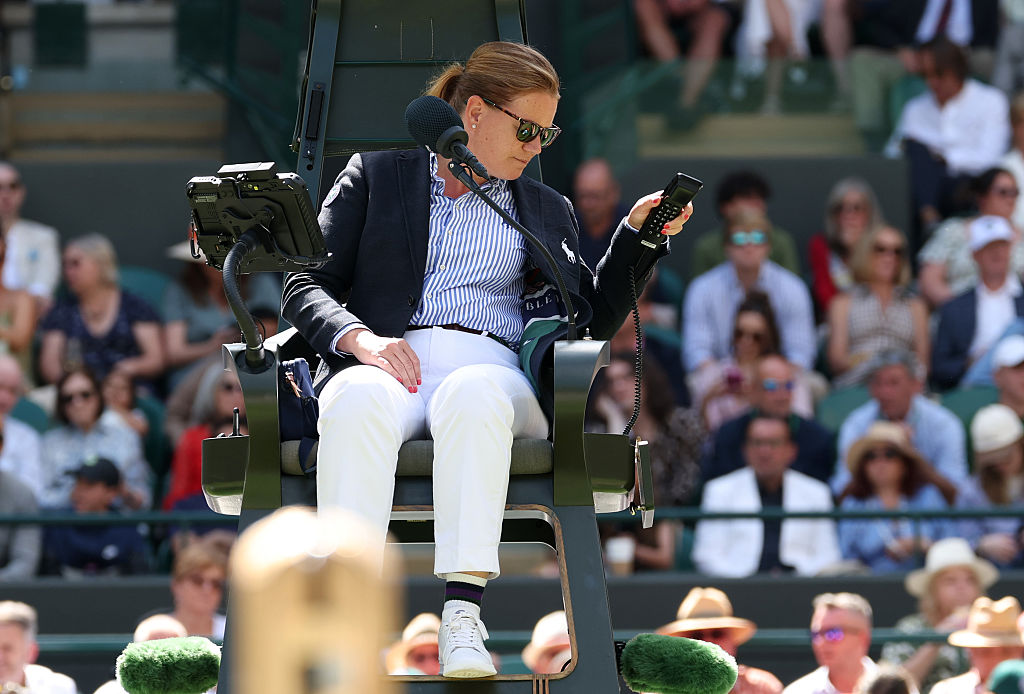
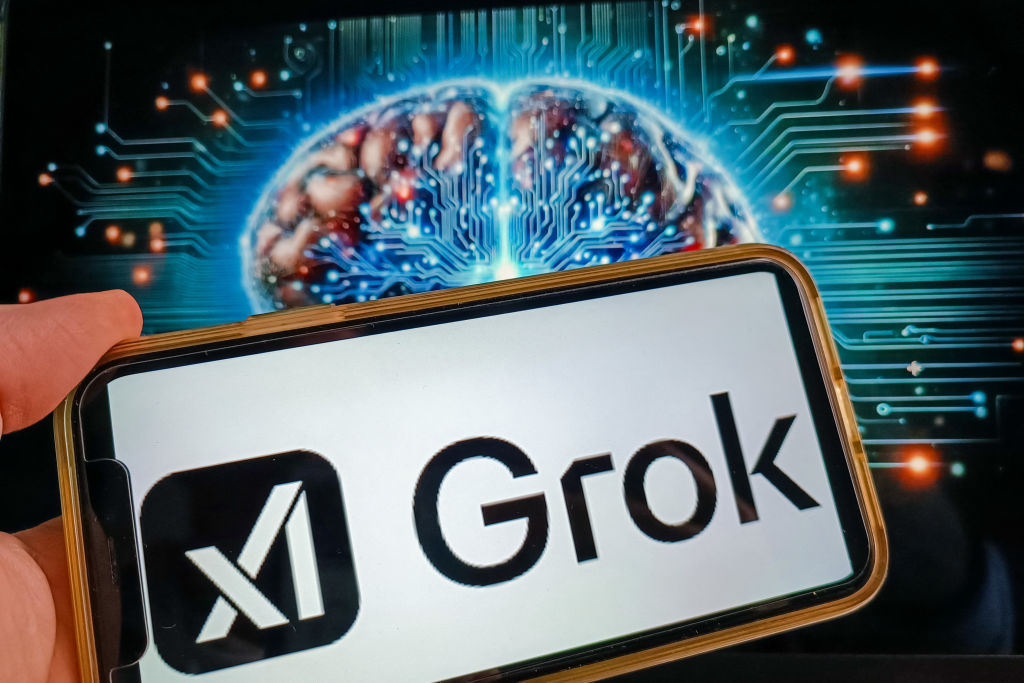
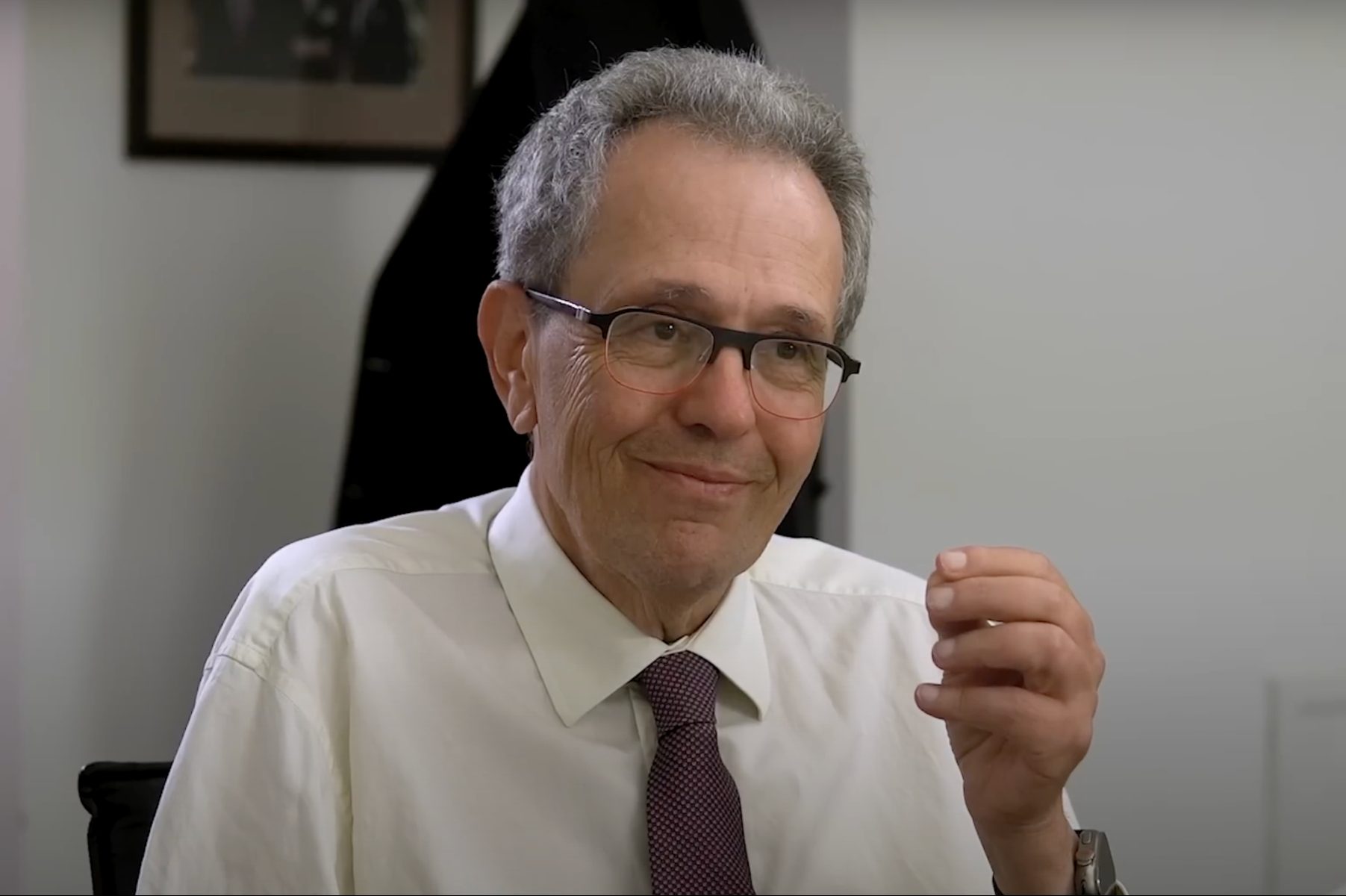







Leave a Reply